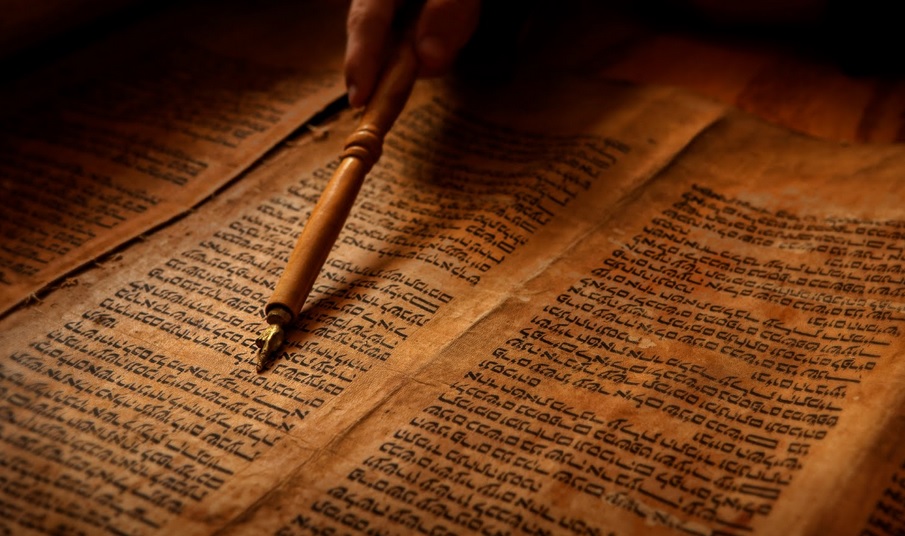

So in a way it was really extraordinarily providential that we were working where we were or that there were people on the ground who belonged to these cultures who had the foresight to move things before it was too late." None of these things could have been foreseen. And the work we're currently doing in Mali in West Africa with the manuscript of Timbuktu is another place which experienced a very sudden dislocation with the appearance of a kind of Islamist and nationalist uprising in the north of Mali and the evacuation of manuscripts.

So we've seen the dissolution of the Middle East as it has been known now for decades, just in the time that we've been working. We started the current round of our work around the time that I became the director in 2003 working in Lebanon. On increasing threats to these manuscripts due to regional conflict So we read that kind of story, and it makes us look at some of the current events perhaps with different eyes." And of course it was the local Christians who took the heat in response. That manuscript tells the story of Christians in the Middle East and what happened to them when the Crusaders arrived from Europe to liberate the Holy Land and to claim it back for Christians. And that manuscript was in southeast Turkey, and it was taken from Turkey to Syria in 1923 when the Christian population of a certain city had to leave, and they went to Aleppo for safety. The text actually dates from the 12th century, but the only copy we have of it in the original Syriac language was the 15th century manuscript. There's a history of the world that was preserved in a 15th century manuscript. On some of his most exciting finds A page from the 15th century sole complete copy of the 12th century World Chronicle by Syriac Orthodox Patriarch Michael the Great describing the arrival of the Third Crusade in 1189. So you really never know what you're going to find until somebody takes the time to read it." So the average person may look at it and say, 'Well, I expected a book of hours or something with lots of gold.' But to the scholar, of course, these things can be gold because it might be the only copy of a text that's otherwise lost, or a translation of a text from another language, which tells you something about how ideas and writings flow from one culture to another. There are simply a way of preserving a text. So a lot of the manuscripts are pretty unremarkable. Beautiful illustrations, which tell you something about the culture, not only in terms of how they interpret a story, say, from the Bible, but also how they view the world and how they depict reality in their art. "We've worked with manuscripts as various as palm leaf archival material in India, to beautiful illuminated manuscripts that we found in Iraq. On the kinds of manuscripts Father Stewart and his colleagues work with Manuscript from Timbuktu with a poem in praise of Mohammed.He’s director of the Hill Museum and Manuscript Library ( at Saint John’s Abbey and University in Collegeville, Minnesota, and joins Here & Now's Robin Young to discuss his work. The 59-year-old Benedictine monk has so far helped locals photograph an estimated 140,000 manuscripts, over 50 million handwritten pages. And now, with the rise of ISIS, his work has become more urgent than ever. (AP Photo/Courtesy Hill Museum & Manuscript Library)įather Columba Stewart ( spent more than a decade traveling to some of the world’s most dangerous regions - Iraq, Syria, the Balkans - to find and preserve manuscripts, many of them centuries old. Facebook Email Father Columba Stewart (left), Father Nageeb Michael (center) and Walid Mourad examine a printed Bible at the Dominican Priory in Qaraqosh, Iraq.


 0 kommentar(er)
0 kommentar(er)
